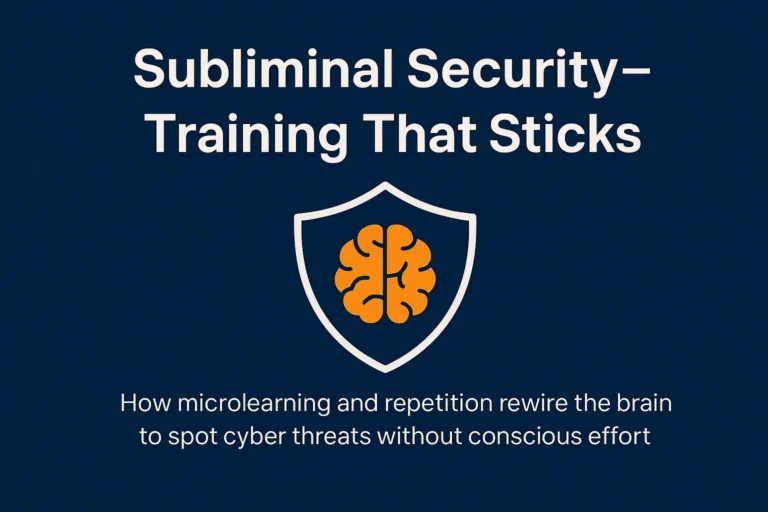In today’s digital world, cybersecurity threats are more common and complex. Specifically, a shocking 74% of data breaches start with the abuse of privileged credentials. Consequently, this shows the need to protect these crucial access points to prevent unauthorized access and secure sensitive information.
Understanding Privileged Credentials
Privileged credentials are special access permissions given to certain users, like system administrators, IT staff, and executives, allowing them to perform critical tasks. Therefore, these accounts, with their elevated permissions, are prime targets for cybercriminals.
How Privileged Credential Abuse Happens
Abuse of privileged credentials can occur in several ways:
Phishing Attacks: Cybercriminals use fake emails to trick users into revealing their login details. Once obtained, attackers can access privileged accounts.
Social Engineering: Attackers manipulate individuals to divulge confidential information by pretending to be trusted colleagues. As a result, they gain unauthorized access.
Insider Threats: Disgruntled employees or those with malicious intent misuse their access or steal credentials from colleagues. Hence, not all threats come from outside the organization.
Weak Passwords: Privileged accounts sometimes have weak or reused passwords, making them easy targets for brute force attacks. Thus, weak passwords pose significant risks.
Unpatched Vulnerabilities: Outdated software can have vulnerabilities that attackers exploit to gain access. Consequently, regular updates are essential.
The Consequences of Privileged Credential Abuse
Abusing privileged credentials can lead to:
Data Theft: Sensitive information can be stolen and misused. As a result, organizations face severe consequences.
Operational Disruption: Attackers can disrupt business by deleting or altering data, shutting down systems, or hijacking services. Therefore, operational continuity is at risk.
Financial Loss: Breaches can incur substantial costs, including legal fees, fines, and reputational damage. Hence, the financial implications are significant.
Erosion of Trust: Customers and stakeholders may lose trust in an organization that fails to protect its data. Consequently, the organization’s reputation suffers.
Best Practices for Protecting Privileged Credentials
To reduce the risks, organizations should:
Implement Multi-Factor Authentication (MFA): Adds an extra layer of security by requiring multiple verification factors. Therefore, MFA strengthens security.
Regularly Update and Patch Systems: Keeps software up-to-date to close security vulnerabilities. Consequently, this practice mitigates potential risks.
Enforce Strong Password Policies: Encourage complex, unique passwords and use password managers. As a result, password security is enhanced.
Monitor and Audit Access: Regularly review who has access to privileged accounts and monitor their activity. Hence, organizations can detect and respond to suspicious behaviour.
Limit Privileged Access: Grant users the minimum access needed for their duties. Therefore, the principle of least privilege is maintained.
Educate and Train Employees: Ongoing training on security best practices and awareness of social engineering tactics. Consequently, employees become the first line of defense.
Conclusion
The fact that 74% of data breaches start with the abuse of privileged credentials highlights the need for strong cybersecurity measures. By understanding the risks and implementing best practices, organizations can reduce the chance of a data breach and protect their sensitive information. In conclusion, staying vigilant and proactive is essential in the ever-changing world of cyber threats.
Many thanks,
Faye



